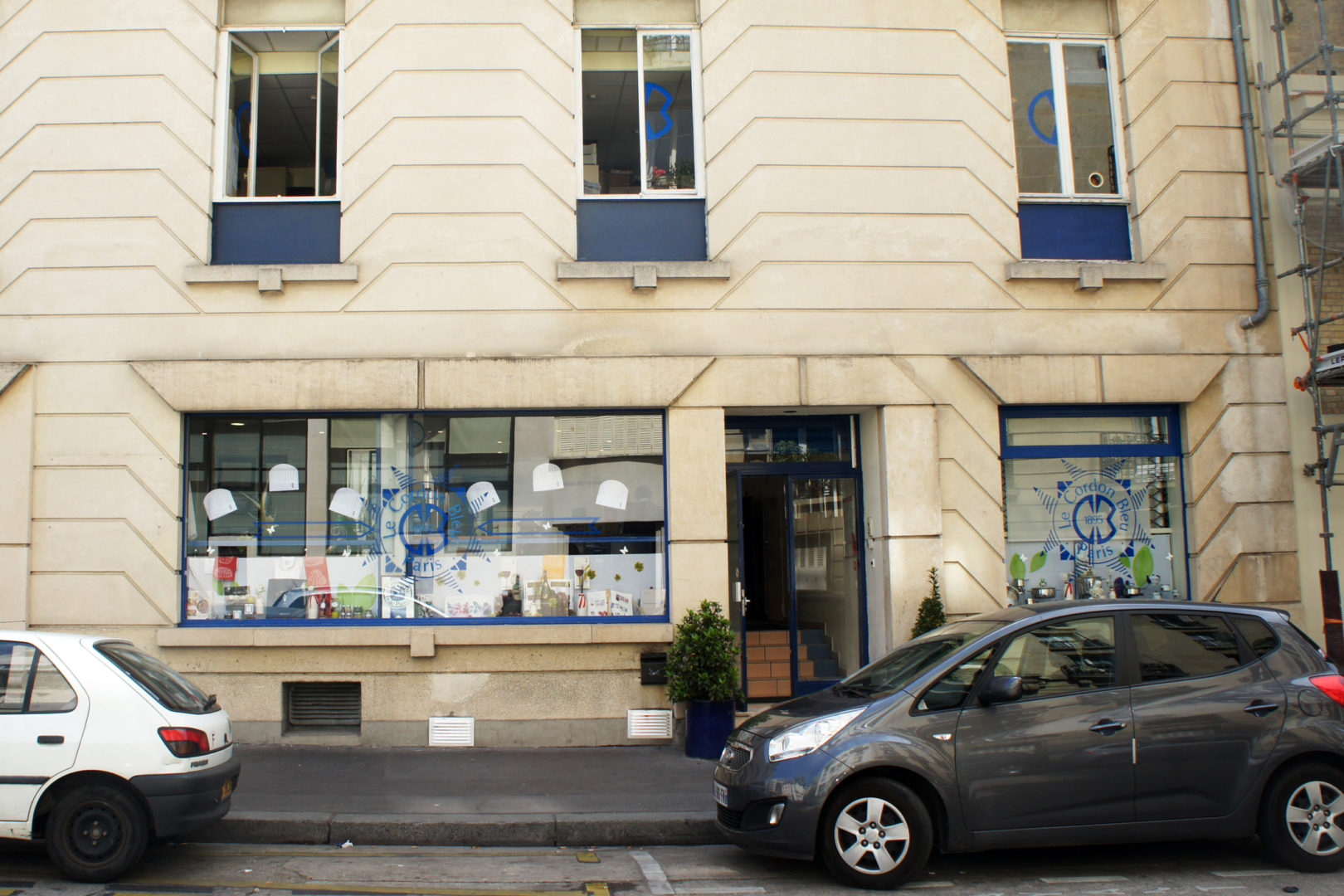Backstory is a CJN column recalling some of the most bizarre, unique, and important moments in Jewish history. Click here for last week’s instalment.
The summer of 1980 found me in the living room of Helene Gardon in Colombes, a suburb of Paris. I had just come from Chateau Gontier, a town some 200 kilometres west of the French capital, where I was born in 1942 and where now, so many years later, I had visited Helene’s spinster sister, Madelaine Counord.
The two of them, and their extended families, were responsible for saving my mother, my two sisters and me, an infant, during the Nazi occupation. After my sisters were hidden with nuns in a school near Paris and I was placed in an orphanage in Angers, my mother was taken to Helene’s apartment in Paris. Helene was a teacher who lived on the school grounds where the principal was a collaborator. To make matters more dangerous, her husband was at large and wanted, having escaped from a POW camp in Germany. In spite of this, she hid my mother for six weeks until a safer place, a convent, was found. My mother remained there until the liberation.
When Helene left the living room, I picked up a large geographical atlas that was on her coffee table. Suddenly, a large folded piece of paper fell out. Before me was a huge sheet with what seemed to be endless lists of places, names and dates in very small script. It was a horrendous litany of the Armenian massacres that took place in 1915. By most estimates, about 1.5 million men, women and children perished in death marches and burnings and from deliberate starvation.
The world generally has a short memory, and the massacres were eventually relegated to a footnote of history. It is ironic that it was a German Jewish author, Franz Werfel, who in 1933 resurrected the tragedy from oblivion by publishing his classic novel The Forty Days of Musa Dagh. He meant it as a warning to his German compatriots against the dangers of the Nazis, whom he saw as taking a page from the Young Turk government responsible for the Armenian massacres. His book was banned and burned in Nazi Germany. He moved to France in 1938, and from there later escaped to America.
It is also ironic, in light of those who continue to deny the Holocaust, that the Armenian massacres are also denied, especially by Turkey to this day. The topic is so sensitive that even the term genocide applied to these horrors is controversial.
Many scholars, including Yehuda Bauer and Elie Wiesel, insisted that the term is appropriate, while others such as Bernard Lewis thought otherwise, though they did recognize the historical events as real. As of 2016, some 29 countries, including France, Germany and Canada, officially recognize the genocide designation, while the United States, Britain and Israel do not. Their reticence is likely due to the sensitivity of Turkey and its geopolitical importance. Notwithstanding the terminology, the monstrous atrocities did take place, and the scars of families who were affected are still raw and deep.
Recently, my wife and I were in a commercial enterprise when the middle-aged proprietor mentioned that he did a lot of work for the Jewish community, though he himself wasn’t Jewish. He was Armenian. I then related to him my experience in Helene’s living room in 1980. I must have touched a nerve, because when I mentioned the list of names, places and dates, he froze with emotion. Then he excused himself and walked a short distance away as his eyes welled up. He couldn’t speak for a long time.
I had inadvertently brought to the fore a 100-year-old nightmare. And though he hadn’t personally experienced these horrors, they must have been planted deep in his psyche. As a child survivor who grew up among survivors, I had rarely seen such a public reaction, let alone one by second-generation children of survivors. It was a scene placed indelibly in my mind, perhaps rivaling the memory I have of my original encounter with the lists. With my telling the story, he was able to visualize and internalize far beyond what I had seen with my own eyes in Helene Gardon’s living room.
